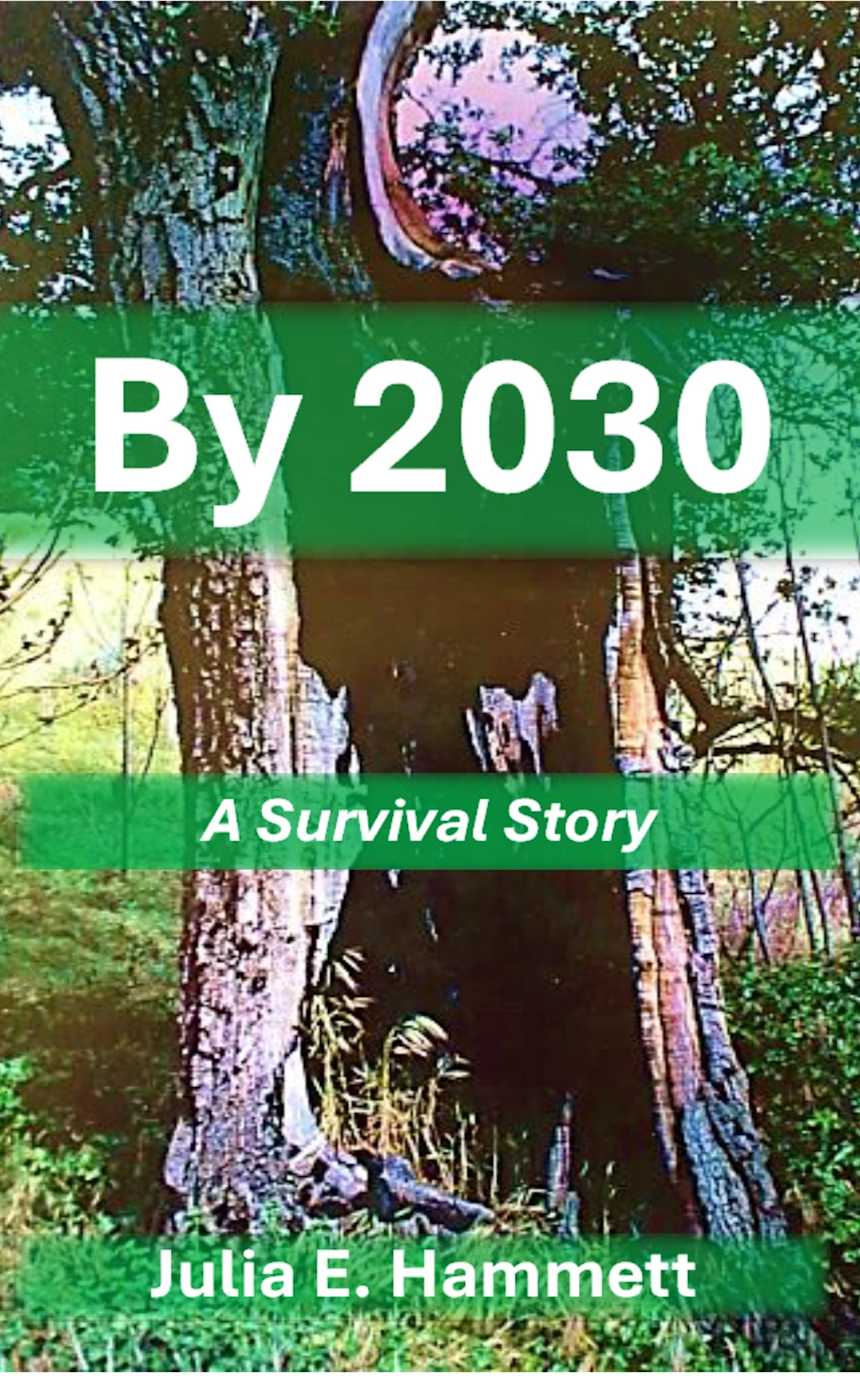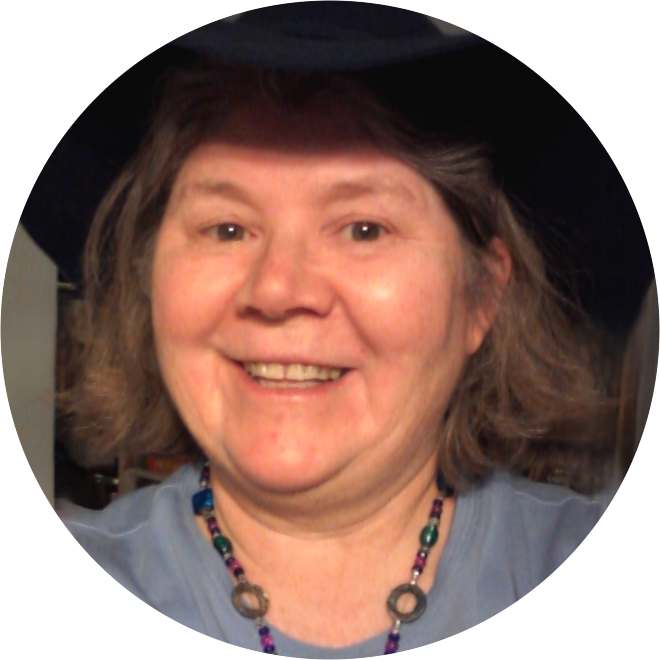“By 2030” is a compelling and hopeful novel about a post-apocalyptic world after the Great Collapse, a devastating combined collapse of the climate...
Praise
It’s 2030 and some kind of apocalyptic event has happened. This book provides an interesting look into that future. I don’t want to spoil it, but if this is of interest I believe you will enjoy the read. I especially enjoyed how the weather had also changed. I’m fascinated by what Mother Nature delivers, and how climate changes are a part of the story. I also liked the Veterans in the story, and the treatment given to those characters. It was very well done. We never know what the future holds, but this story shines light on one possibility. My final thought is, this would make a great movie!
Especially refreshing in the current climate (no pun intended)! Doesn't feel dystopian, although dangers lurks... Think of this as a post-human, social and climatological upheaval novel... an engaging positive story about how to begin to rebuild the world afterwards. This hopeful novel contains lots of seeds for thought... including - literally - saving some seeds NOW to plant when we can't get enough veggies and fruit in the defunct markets. You can share with teenagers, not X rated, but there is romance, culture, science and other goodies. Highly recommended! I hope there is a sequel.

